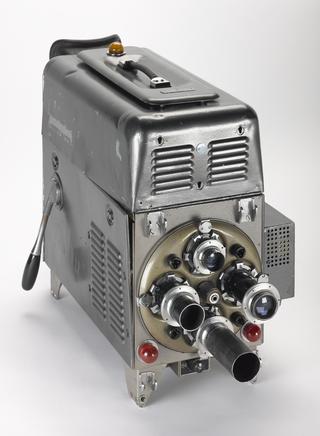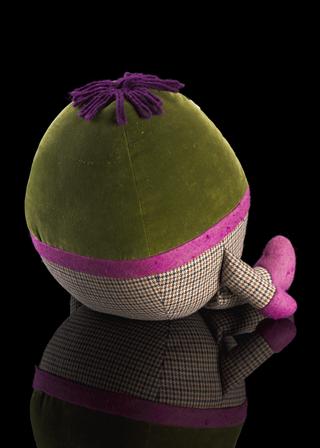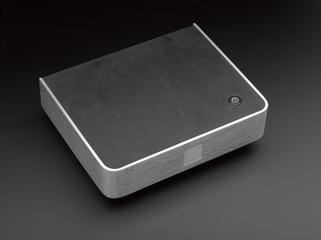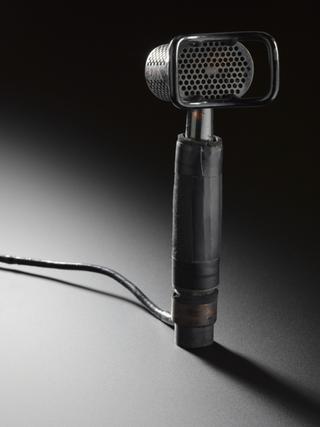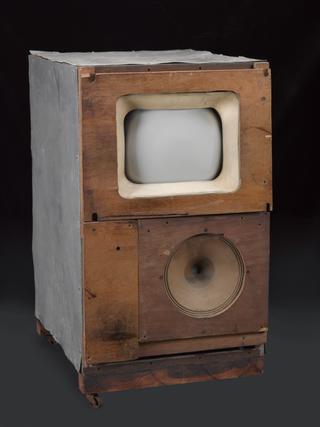
Vidicon camera tubes



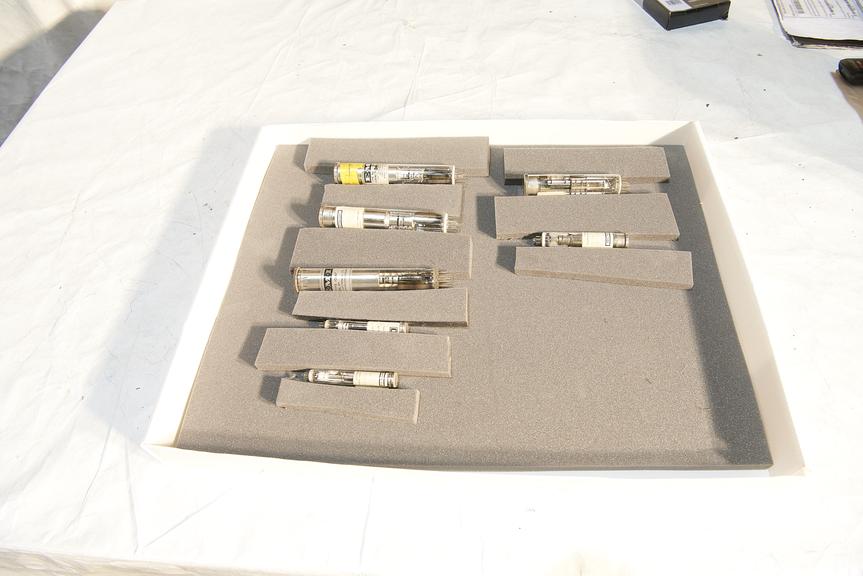
Vidicon camera tubes (7 assorted EMI tubes in a small cardboard box).
9077S1 (1"). A much simpler camera tube than the IO. Vidicons are electrically and mechanically simpler and physically smaller. Originally deemed unsuitable for UK broadcast cameras (especially the early integral-mesh tubes with the Antimony trisulphide targets) they did find limited use in slide-scanners and in TV news (from AP). Later target materials led to the development of the plumbicon tubes which were extensively used in colour TV cameras from the late 60s. Included examples are:
10667 (1") - Industrial version (side pip on glass because of in-situ target manufacture) integral mesh type;
9677 (1") - Separate mesh version - magnetic scan and focus;
D2000 (1") - "Development" tube for evaluation - special short length tube, electrostatic scanning and focus;
9831 (2/3") - Magnetic scanned and focussed;
9738 (1/2") - Separate mesh version - magnetic scan and focus;
D2003 (1/2") - "Development" tube for evaluation.
Details
- Category:
- Television
- Collection:
- BBC Heritage Collection
- Object Number:
- 2012-5118/43
- Materials:
- glass and electronic components
- Measurements:
-
overall: 30 mm x 385 mm x 310 mm,
- type:
- camera tubes
